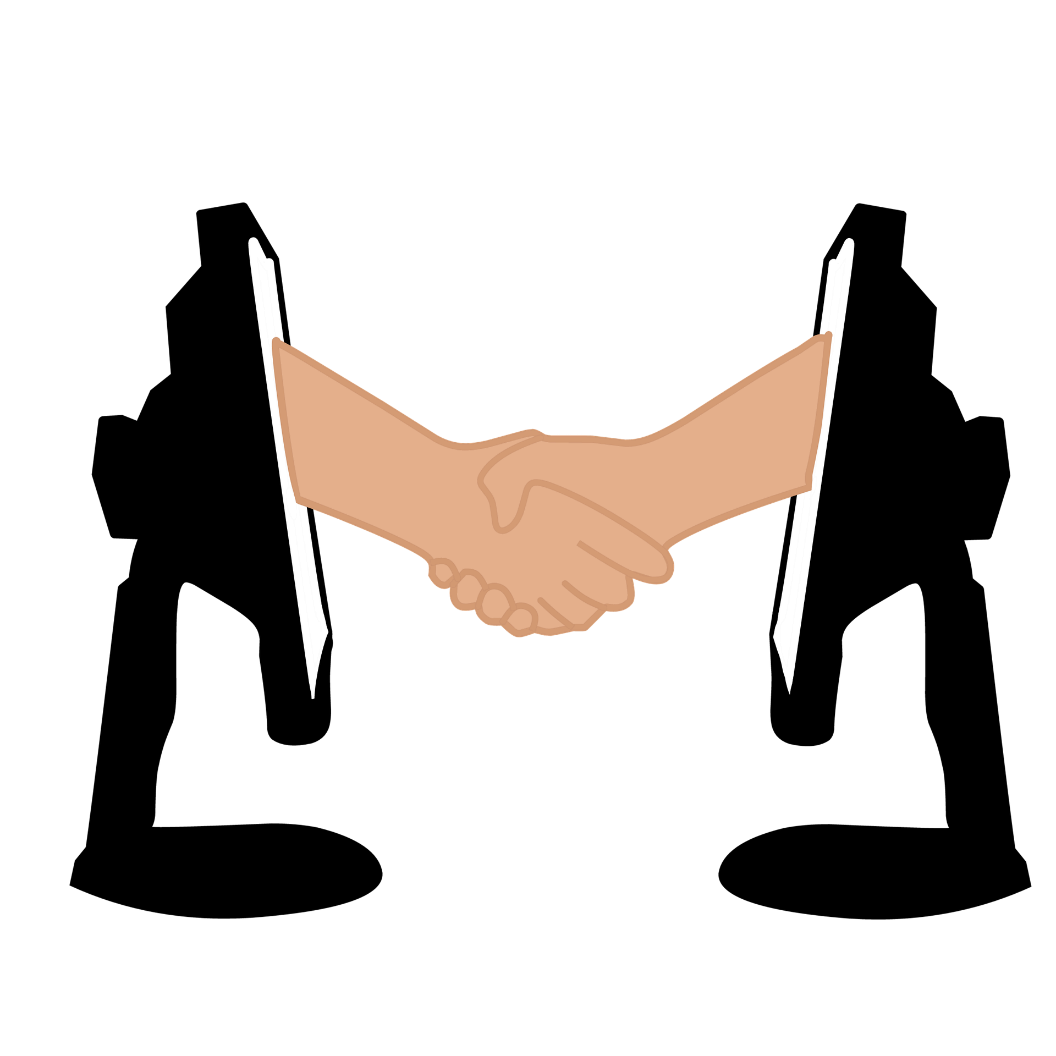Content begins here
Main page content
Click to collapse
Channel Strategy
Marketing channels are defined as “sets of interdependent organizations involved in the process of making a product or service available for use or consumption” (Keller, 2013). Channel strategy includes the design and management of wholesalers, distributors, brokers, and retailers (Keller, 2013).
Channel Design
Channels are divided into direct and indirect. It is direct when it is sold through personal contacts of the company to potential buyers by phone, e-mail, etc (Keller, 2013). Indirect channels sell through third-party intermediaries such as agents, brokers, resellers, distributors, dealers, etc (Keller, 2013). The best strategies are those that combine multiple approaches to create integrated shopping experiences.
-
Indirect channels
Can operate through a variety of intermediaries, but retailers are the most common. They are the most visible and are in direct contact with customers, so they have the greatest impact on creating brand equity (Keller, 2013). Customers rate retail based on the range of goods, prices, and quality of service. Also, retailers seek to create brand equity by establishing awareness and strong, favorable, and unique associations (Keller, 2013). At the same time, retailers can have a profound influence on the equity of the brands they sell, especially in terms of the brand-related services they can support or help create (Keller, 2013). Also, the value of the brand can be related to the retailer, for example: “This is a good store, it sells only quality products.”
-
Direct channels
To take control of the buying process and build customer relationships, companies create their own sales stores (Keller, 2013). The advantages are that the companies themselves can create the conditions they want in their stores, to ensure the required quality of sales and create relationships with customers. The disadvantages are that companies lack the skills, resources or knowledge of sales that retailers have. Conflicts between companies and retailers can also occur.
-
Online Strategies
It is understandable to companies how important it is for consumers to be able to buy products in stores and online. Integrated sales channels allow customers to decide when, where, what, and how to buy. It is popular to order by phone or online, and take over the product in the store. Also, users want the ability to return the delivered product.

Source: Pixabay
Conclusions
When you consider all communication channels, it is very important to harmonize them.
Video and PDF presentationClick to collapse
The following video explains the content of this lesson and shows some examples:
Video T4.L4. Channel Strategy
Here you have the content of the video in pdf in case you need to use it in your classroom:
Lesson contents in PDFClick to collapse
Here you have the contents of the lesson in PDF:

